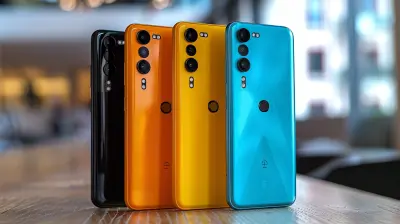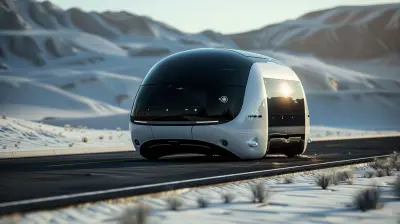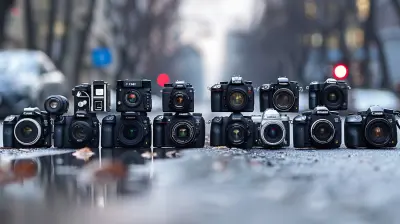How Smartphones are Influencing Smart City Development
5 August 2025
We’re living in an age where your smartphone holds more power than the computers that sent astronauts to the moon. Crazy, right? But here's the kicker: it’s not just your pocket-sized tech marvel that’s getting smarter. Entire cities are evolving — and believe it or not, your phone is one of the biggest reasons why.
Smartphones are no longer just for snapping selfies or firing off texts. They're the silent architects quietly shaping the future of our urban landscapes. So buckle up, because we’re diving deep into how smartphones are transforming smart cities from buzzwords into buzzing realities.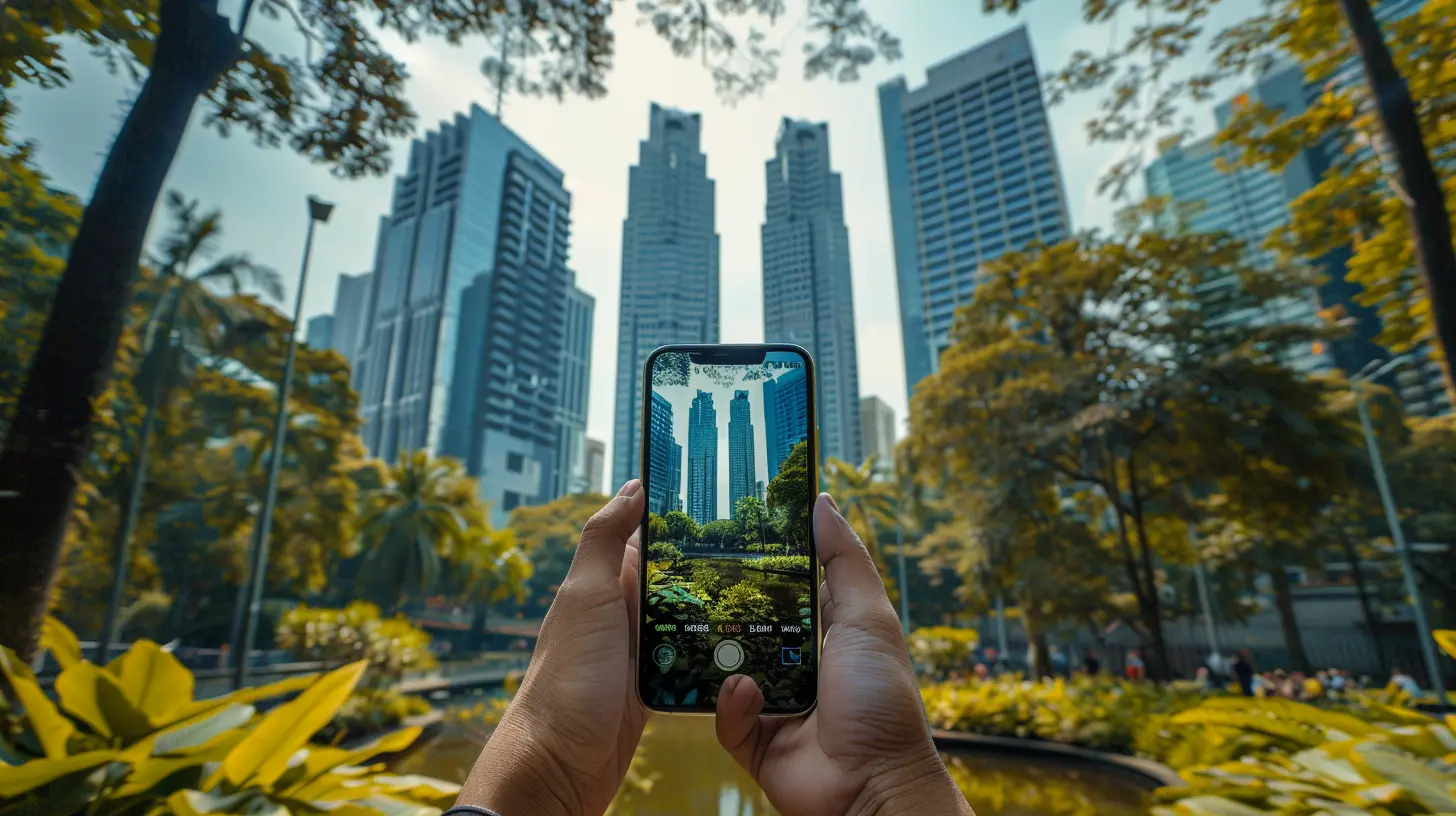
What Exactly Is a Smart City, Anyway?
Let’s lay the groundwork. A smart city uses digital tech and data to enhance the quality of life for its residents. Think traffic lights that adapt in real time, or trash bins that alert sanitation crews when they’re full. Now think of everything syncing seamlessly — powered by data, sensors, and yes, smartphones.Smart cities aim to be efficient, sustainable, and people-centric. But here’s the twist: without smartphones acting as the main interface between citizens and city systems, the whole concept stumbles.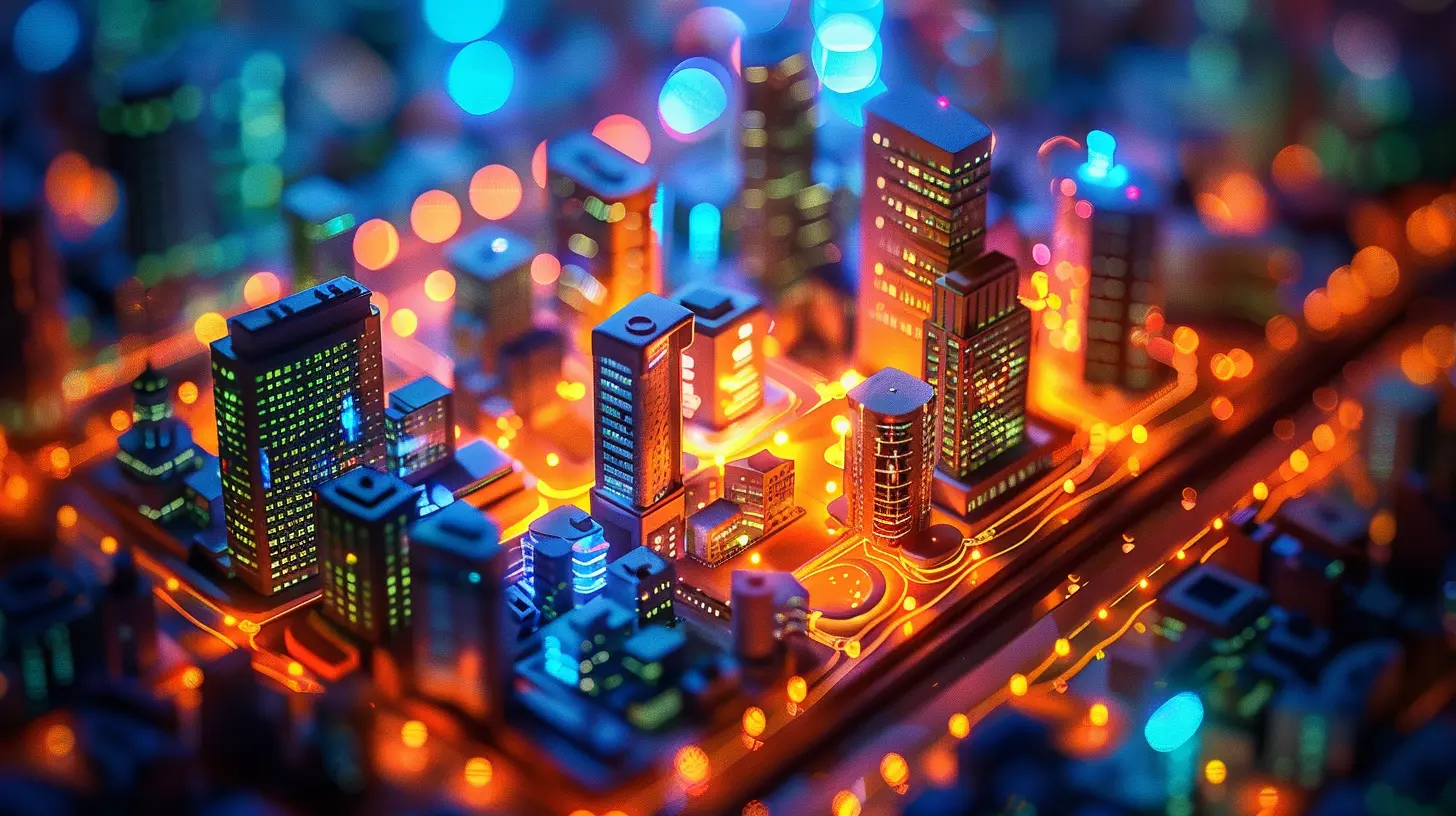
The Smartphone as the New City Key
Imagine a key that not only opens doors but also lets you pay your bills, check air quality, report potholes, find parking, and even control your home’s thermostat — all while jamming out to your Spotify playlist.That’s your smartphone.
It’s the remote control for your life in a smart city. You can interact with infrastructure, engage with local governments, and even shape urban policies — all with a few taps on the screen. Simply put, smartphones aren’t just part of the smart city ecosystem; they’re at the center of it.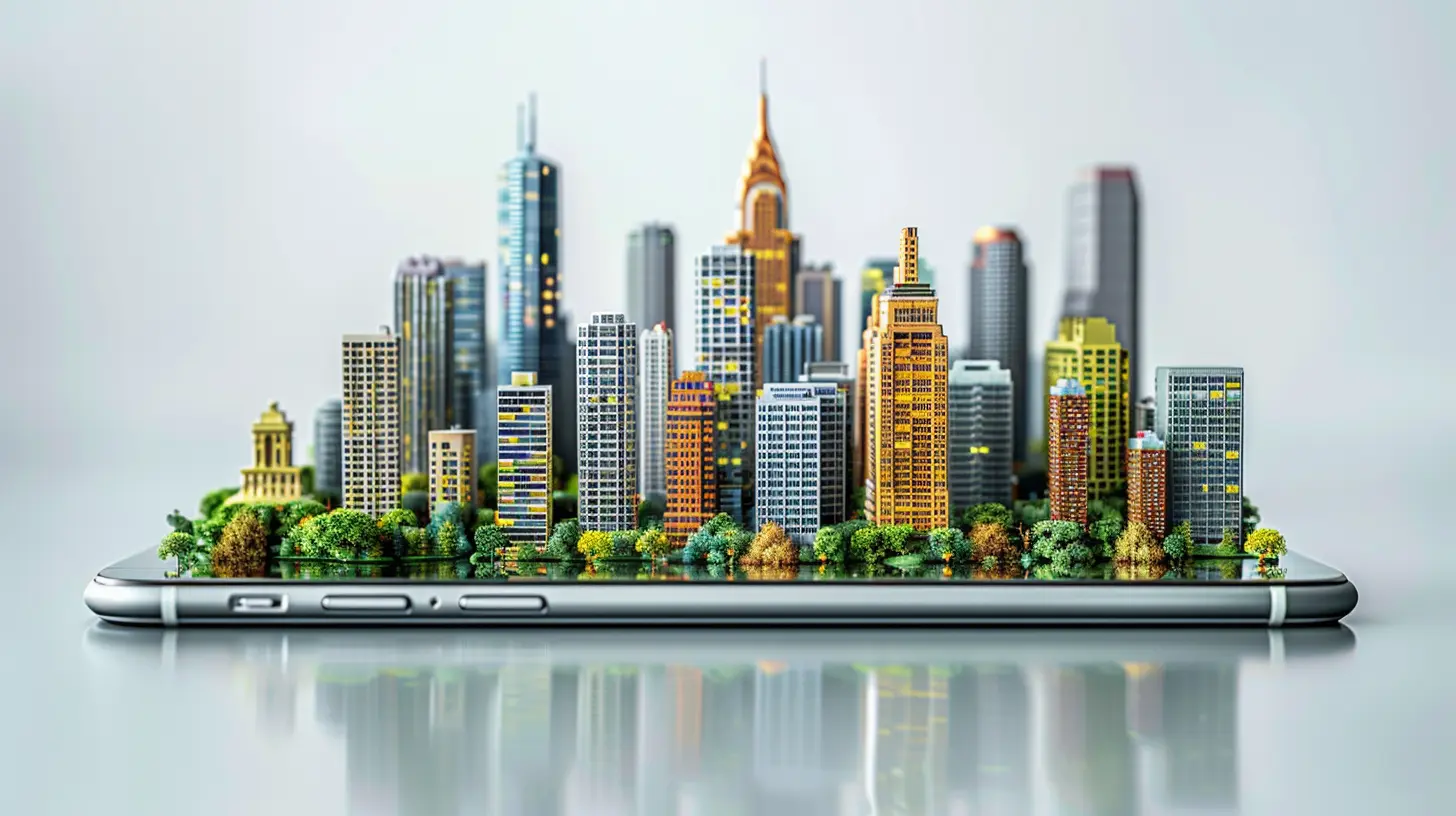
Real-Time Data: The Lifeblood of Smart Cities
Let’s not overcomplicate things — data is the heartbeat of any smart city. But it’s not useful unless it’s flowing constantly and accurately. That’s where smartphones come in.How? Glad You Asked:
- GPS tracking: Helps optimize public transportation by identifying high-demand routes.- Wi-Fi and Bluetooth: Assist in mapping foot traffic and crowd density.
- Sensors in Phones: From accelerometers to gyroscopes, these track everything from road conditions to movement patterns.
- App Usage Data: Shows which city services people are using and how they’re interacting with them.
The beauty here is that data is generated passively. You go about your day, and your phone is quietly sending signals that city systems can use to improve infrastructure, safety, and convenience.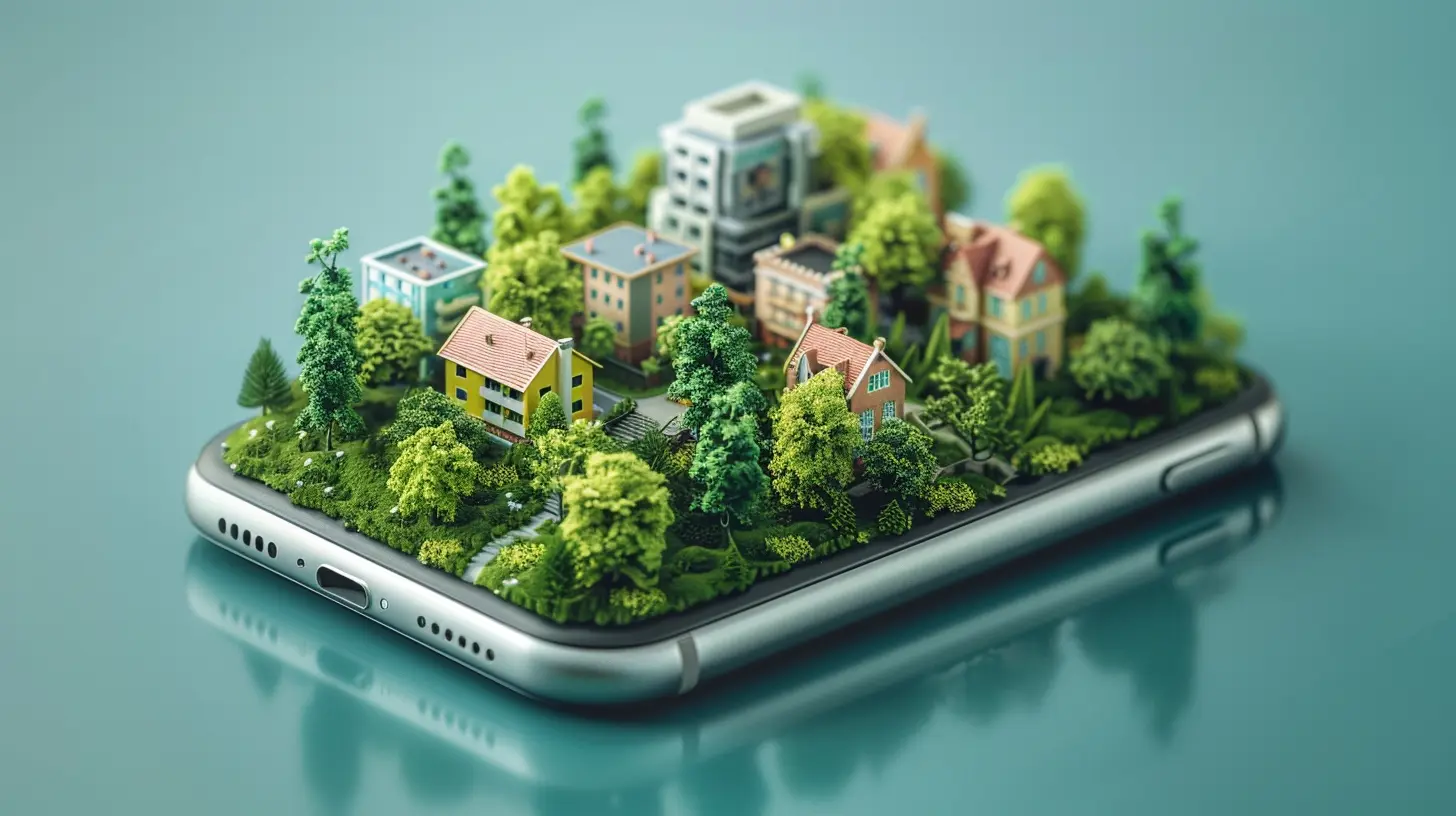
Redefining Urban Mobility
Say goodbye to the days of sweating over missed buses or getting stuck in traffic gridlock with no end in sight.Smartphones are making urban transportation smarter, faster, and way more convenient.
Here’s What’s Changing:
- App-Based Transit: Apps like Google Maps or Citymapper show real-time transit updates, delays, and multi-modal routes — from buses to bikes to scooters.- Ride-sharing Integration: Uber, Lyft, Grab — all made possible and manageable from your phone.
- Micromobility Solutions: Renting an e-scooter or bike? Just scan a QR code and zoom off.
- Mobile Payments: No cash? No problem. Tap your phone and hop on a train or bus.
By turning smartphones into personal mobility management tools, cities can reduce congestion, carbon emissions, and frustration.
Smartphones and Citizen Engagement
Want to make your city better? There’s probably an app for that.Smartphones give citizens a direct line to their governments and communities. Whether you’re reporting a broken streetlight, joining a local virtual town hall, or voting on community projects — your voice now fits in your pocket.
Empowered By:
- Crowdsourcing Platforms: Apps like SeeClickFix or FixMyStreet let people report issues directly to city officials.- Government Apps: Pay taxes, request documents, or access healthcare services.
- Digital IDs and E-Governance: More countries are adopting smartphone-based digital IDs, making interactions with public services smoother than ever.
- Push Notifications for Public Safety: From emergency alerts to severe weather warnings, smartphones deliver the news that matters most — instantly.
Engagement like this used to require time, effort, and physical presence. Now? It's effortless.
The Smart in Smart Homes
Let’s zoom into a smaller scale — your home.Thanks to smartphones, smart homes are no longer reserved for sci-fi flicks. You can now control your thermostat on your way home from work, check your door camera while at dinner, or turn off lights from halfway around the world.
This Rolls into Smart City Living:
- Energy-efficient homes reduce strain on the city grid.- Security cams and motion detectors help local law enforcement monitor neighborhoods.
- Utility usage can be analyzed to improve energy and water management city-wide.
Your smart home is actually a miniature version of what a smart city could be. And the smartphone? It’s the universal remote.
Public Health and Smartphones: A Power Combo
Remember the pandemic? It was rough, no doubt. But it also showed how critical smartphones are to public health in a smart city.Contact tracing apps, vaccination reminders, and health monitoring tools kept people safer and more informed — all thanks to mobile tech.
Imagine This Going Further:
- Real-time pollution alerts based on your GPS.- Mobile symptom checkers linked to city hospitals.
- Smartwatches syncing data to public health dashboards in real-time.
Smartphones act as health sensors, information hubs, and even early warning systems — all wrapped in one device.
Sustainability Goals Made Possible
Cities have massive carbon footprints, and reducing them is a fierce global challenge. But here’s the kicker — smartphones are helping cities go green.Here’s How:
- Digital Tickets & Receipts: Less paper, fewer trees cut down.- Smart Waste Management: Apps alert sanitation services when bins are full.
- Eco-Friendly Navigation: Map apps suggest greener routes or public transport options.
- Energy Tracking Apps: Help you monitor and reduce your home’s energy usage.
By nudging users (and cities) toward greener choices, smartphones turn everyday decisions into impactful actions.
Smartphones as Urban Sensors
You’ve probably never thought of your phone as a part of a larger machine, but that’s exactly what it is in a smart city.Each smartphone is like a tiny, roving sensor — part of a real-time, crowd-sourced data network.
This isn’t just theory.
In places like Barcelona and Singapore, smartphone data is already being used to:
- Predict energy demand.
- Alert emergency services before a crisis goes viral.
- Manage water distribution.
- Warn drivers of real-time hazards.
The more people use their smartphones, the smarter the city becomes. It's a feedback loop that improves everything — from safety to infrastructure to convenience.
The Privacy Puzzle
Alright, let's address the elephant in the room: privacy.If smartphones are constantly gathering data, what happens to that data? Who owns it? How is it protected?
Smart city development that depends on smartphones needs to have rock-solid data protection frameworks. Cities need to win the public’s trust — and that means being transparent, secure, and ethical.
That said, with proper encryption, anonymous data collection, and strong regulations (like GDPR), the balance between utility and privacy can be maintained.
Just remember: a smarter city should never mean a more invasive one.
The Road Ahead: The Next Phase of Integration
We’re only scratching the surface of what’s possible.Imagine smart cities where:
- Your phone acts as your passport to every service.
- Augmented reality overlays provide directions or historical info as you walk.
- Instant translation apps break down language barriers.
- Cities adapt to you — not vice versa.
And think about how 5G is already supercharging smartphone capabilities, enabling faster data flows, near-instant communication, and ultra-responsive apps. Combine that with AI and the Internet of Things (IoT), and you’ve got a recipe for cities that are truly alive.
Final Thoughts: The City Is in Your Hands
Let’s wrap this up with a little perspective.You’re not just using your smartphone — you're helping build the city of the future every time you tap, swipe, or scroll. Whether you're navigating through traffic, paying your utility bills, or sharing feedback on a new bike lane, you're shaping urban life in real-time.
Smartphones are the glue connecting people, places, and purpose. And as cities evolve, your role as a digital citizen becomes more vital than ever.
So yeah, the future is closer than you think. In fact, it’s probably in your pocket right now.
all images in this post were generated using AI tools
Category:
Mobile TechnologyAuthor:

Kira Sanders
Discussion
rate this article
2 comments
Lyra McEachern
As smartphones weave into the fabric of smart cities, one must ponder: Are we shaping technology, or are our devices shaping us into something entirely new?
December 14, 2025 at 10:04 PM
Rory McInnes
Smartphones are pivotal in shaping smart cities by enhancing connectivity, enabling real-time data collection, and fostering citizen engagement. Their role in facilitating seamless access to services and information is crucial for urban planners to create efficient, sustainable, and responsive urban environments.
August 8, 2025 at 2:26 AM

Kira Sanders
Thank you for your insightful comment! I completely agree that smartphones are essential tools in the development of smart cities, enhancing connectivity and citizen engagement.
